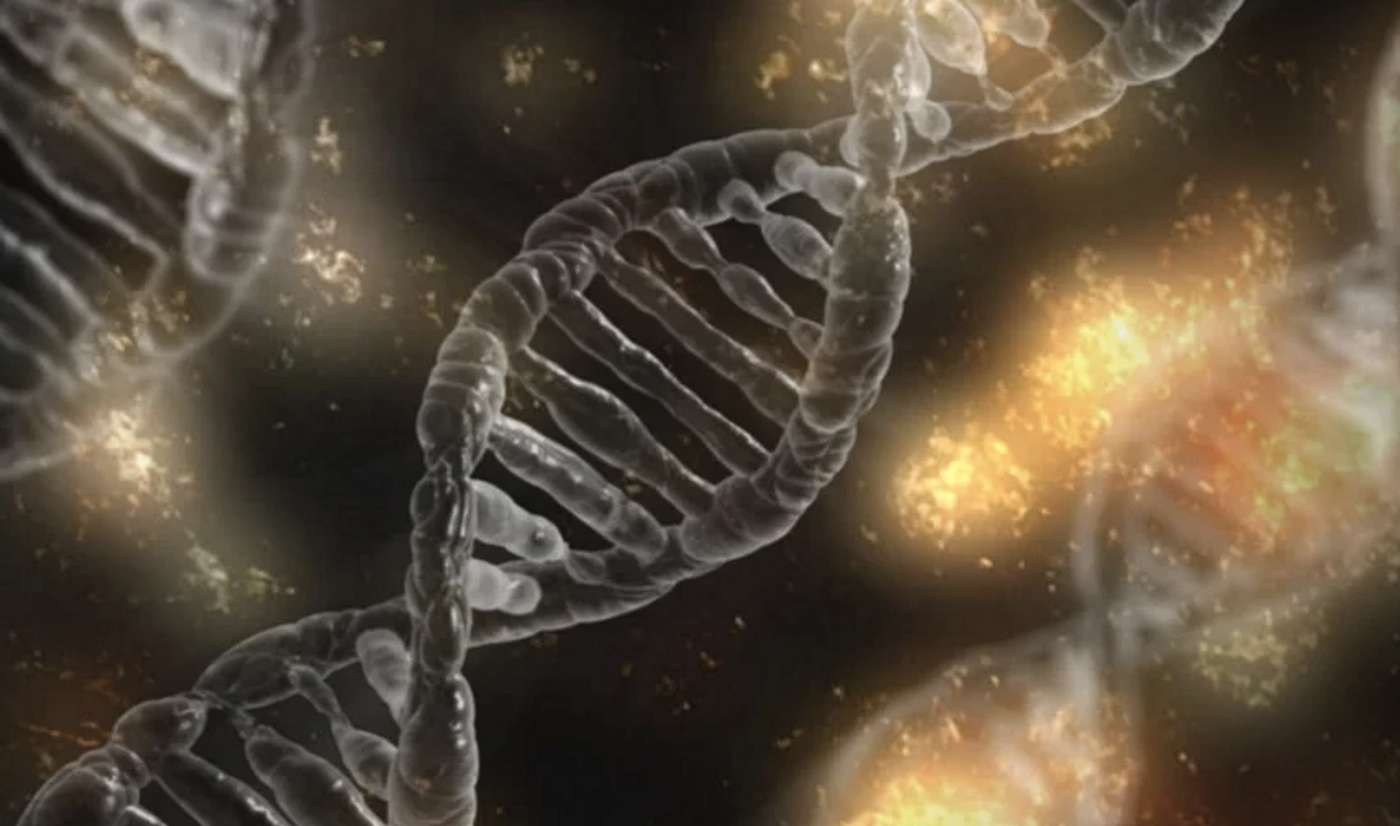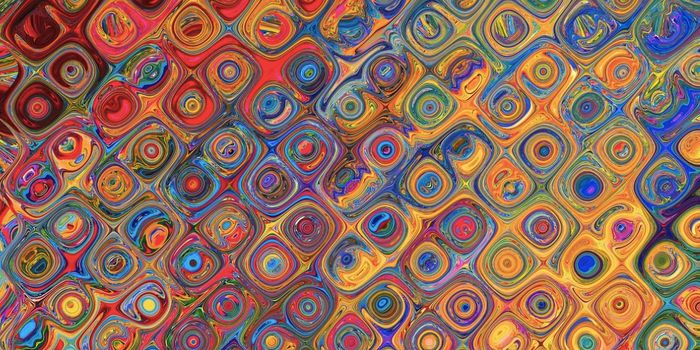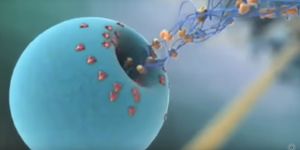Using Terahertz Waves to Control Gene Expression
Terahertz waves sit in the far-infrared/microwave portion of the electromagnetic spectrum and can be generated by powerful lasers. They have been used for various purposes, including the manipulation of cells, since they may not cause the damage that ultraviolet or infrared light can. Researchers have now found that terahertz light can alter gene expression in cells. The findings have been reported in Optics Letters, and they may open up new avenues in stem cell research and regenerative therapy.
Researchers have now created a tool to investigate how human cells are impacted by exposure to terahertz pulses. The apparatus was developed by iCeMS micro-engineer Ken-Ichiro Kamei, physicist Hideki Hirori, and colleagues at Kyoto University's Institute for Integrated Cell-Material Sciences (iCeMS) and Tokai University in Japan. It places cells into tiny wells with the same area as the terahertz light.
Reporting in Optics Letters, the scientists used the device to apply terahertz radiation to induced pluripotent stem cells (iPSCs), which are adult skin or blood cells that have been reprogrammed genetically to have the identity of stem cells.
"Terahertz pulses can generate a strong electric field without touching or damaging cells," said Hirori. "We tested their effect on iPSCs and discovered that the activity of some gene networks changes as a result of terahertz light exposure."
The pulses were activating genes that play a role in the survival of motor neurons and mitochondrial function, while genes that function in cell differentiation were found to be deactivated by the terahertz pulses.
The investigators determined that zinc-dependent transcription factors were impacting these genes; the team suggested that the electric field created by the pulses can move the zinc ions that are inside cells, which changes the activity of the genes these transcription factors affect.
This work might aid in the creation of technology that can encourage iPSCs to differentiate into specific types of cells, which could enable therapies for many types of diseases.
Sources: AAAS/Eurekalert! via Kyoto University, Optics Letters









